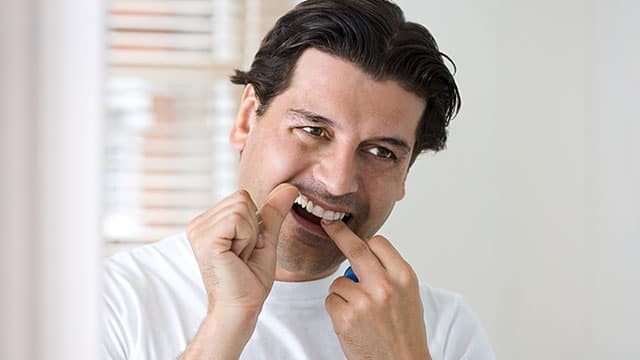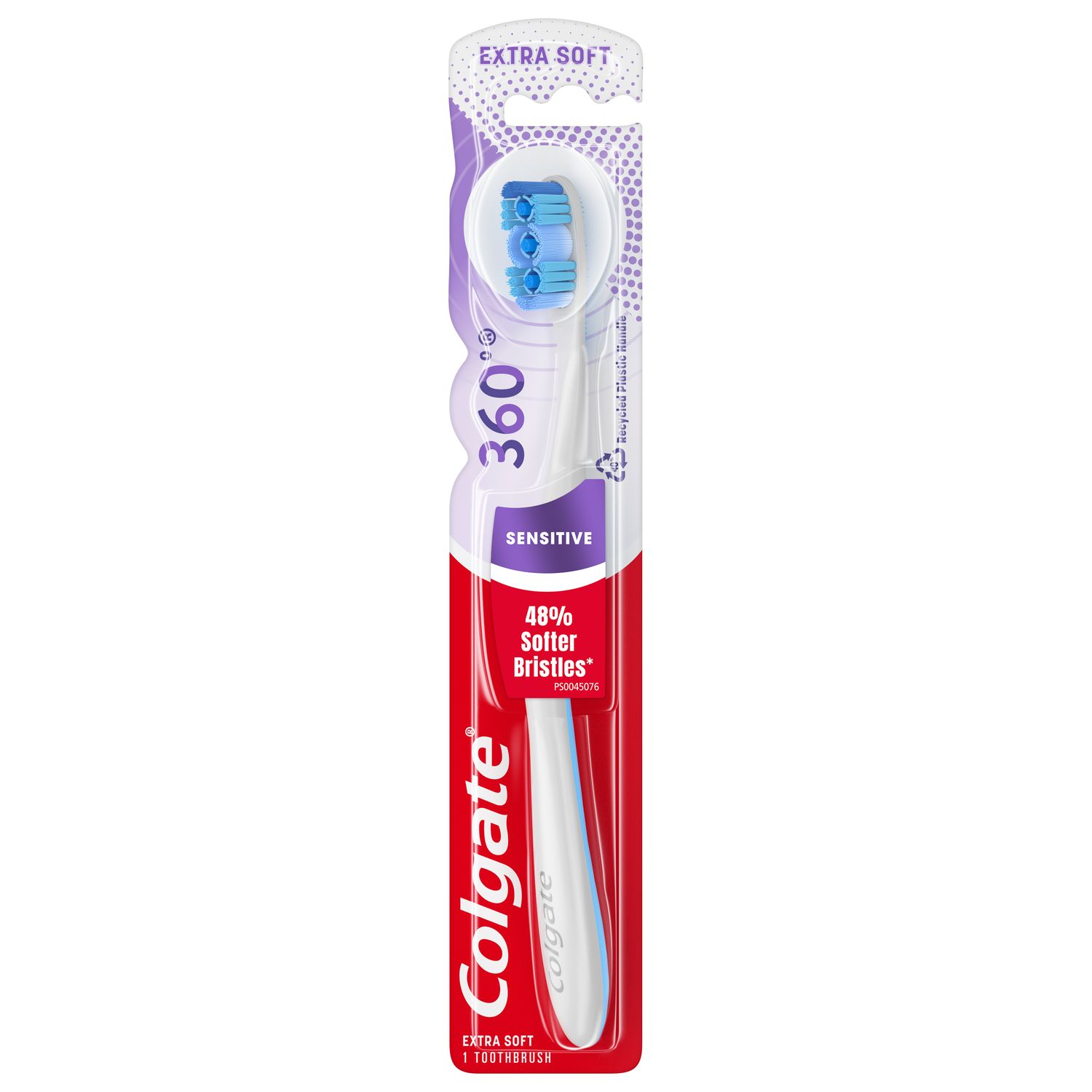What is Chlorhexidine Gluconate?
Chlorhexidine gluconate is a chemical with antiseptic effects, which means it kills certain bacteria, viruses and fungi. It can be used to treat some infections or prevent infection in medical or surgical settings. For example, it is often used to clean and disinfect:
Wounds.
Areas of the skin prior to surgical or medical procedures.
Surgical instruments.
Medical equipment.
In dentistry and oral care, chlorhexidine gluconate might be used to disinfect the mouth and prevent infection during dental work. Chlorhexidine gluconate mouthwashes or oral rinses can also be prescribed by a dental professional to manage plaque and gum disease.
What is Chlorhexidine Gluconate Oral Rinse?
Depending on its purpose, chlorhexidine gluconate can come in many formats, like powder, liquid, cream, lotion, gel, spray or lozenge. Chlorhexidine gluconate mouthwash is a liquid formula that contains approximately 0.12% chlorhexidine gluconate in a mostly water base. It is designed to be used in a similar way as a regular mouthwash – by swishing it around your mouth and then spitting it out. It must be prescribed to you by a dental professional, who will give you instructions on how to use it safely and effectively.
What Do Chlorhexidine Gluconate Mouthwashes Treat?
According to a literature review in the Journal of Dentistry, chlorhexidine gluconate is prescribed to reduce plaque (dental biofilm), reduce infections, and prevent cavities. Plaque is the primary cause of gum disease, so your dental professional may prescribe chlorhexidine gluconate if you are being treated for gingivitis (early gum disease) or periodontitis (advanced gum disease).
How Does Chlorhexidine Mouthwash Work?
Gum disease is caused by the bacteria in plaque. These bacteria release acids, which irritate and inflame the gum tissue. As gum disease becomes more advanced, the teeth pull away from the gums and create pockets below the gum line, where bacteria and food become trapped. The infection then spreads to the ligaments and bones that hold the teeth in place, causing them to break down.
In the early stages of gum disease (gingivitis), rinsing with chlorhexidine gluconate can kill plaque bacteria and give your gums a chance to heal. However, if you have advanced gum disease (periodontitis), simply rinsing may not be sufficient. Your dental professional may need to apply chlorhexidine under the gum line during an appointment to help reach bacteria in the periodontal pockets. They might also perform a deep cleaning, called a scale and root planing, to remove plaque and bacteria from the root surfaces of your teeth. Afterwards, they might prescribe you a chlorhexidine rinse to use at home afterwards to control bacteria while your gums heal.
Are There Any Side Effects?
Chlorhexidine gluconate mouthwash has a few possible side effects, such as:
Staining of the teeth, gums or dental appliances.
Temporary changes in taste perception.
Increased tartar (hardened plaque).
Dry mouth.
Chlorhexidine gluconate mouthwash is only designed for short-term use. These side effects tend to occur after long-term use, so you can reduce your risk by following your dental professionals instructions and only using the mouthwash for the recommended length of time.
Severe side effects from using chlorhexidine gluconate mouthwash are rare but can be severe. Call your dentist or physician immediately if you experience the following during or after use:
Swelling of the lips, mouth, tongue or throat.
A change in the color of your lips, tongue or gums.
A skin rash.
Difficulty swallowing.
Fast or labored breathing.
Drowsiness.
Dizziness.
How Long Should I Use Chlorhexidine Gluconate Oral Rinse?
When your dental professional prescribes a chlorhexidine gluconate mouthwash, they will tell you exactly how long you should use it. This will typically be no longer than 28 days.
Always follow your dental professional’s guidance on usage time. Using it for too long will increase your risk of side effects like tooth discoloration, while not using it for long enough might mean that your treatment is unsuccessful.
No treatment is a substitute for proper oral hygiene. Try brushing with a toothbrush with curved, soft outer bristles to clean the gum line, and firmer inner bristles to effectively clean teeth. And remember to clean between your teeth with floss, flossers, or another interdental cleaner. Talk to your dental professional about your options and they will be able to help you find the solution that fits your oral health needs best.
This article is intended to promote understanding of and knowledge about general oral health topics. It is not intended to be a substitute for professional advice, diagnosis or treatment. Always seek the advice of your dentist or other qualified healthcare provider with any questions you may have regarding a medical condition or treatment.
ORAL HEALTH QUIZ
What's behind your smile?
Take our Oral Health assessment to get the most from your oral care routine
ORAL HEALTH QUIZ
What's behind your smile?
Take our Oral Health assessment to get the most from your oral care routine















